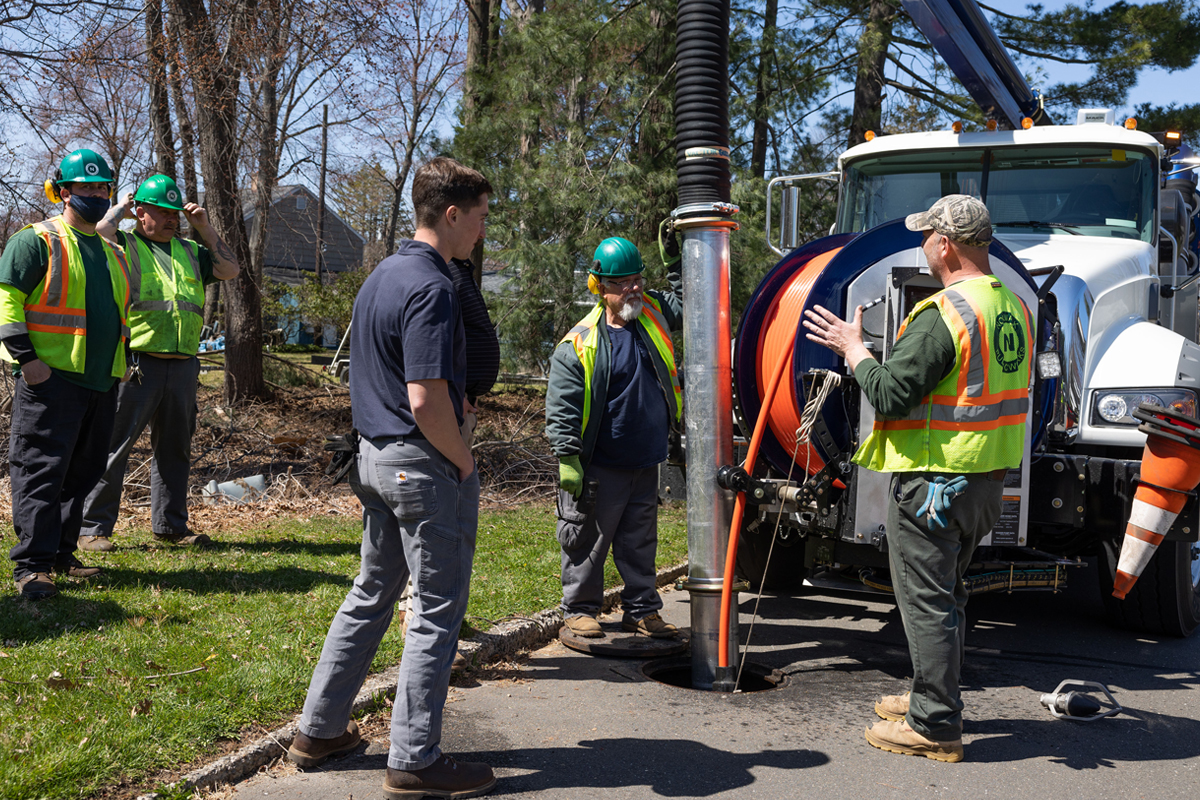
How to Care for and Repair Your High-Pressure Sewer Cleaning Hose
Today’s sewer cleaning professionals use a wide variety of nozzles and high-pressure hoses to get the job done efficiently and effectively.
Thanks to an industry trade group known as WASTEC, standards developed in the 1990s continue to alert and protect users of domestic high-pressure sewer cleaning hose. Two key standards are that the color of the outer jacket indicating the pressure rating for the hose and the color of the inner core indicating the manufacturer of the hose.
Knowing the pressure rating of the hose and matching it to the pump in your water system is vital in ensuring that the hose is minimally rated for the maximum pressure output of your pump. As an example, you would not want to install a hose rated at 2,500 psi on your 4,000-psi system. Similarly, it is important to use the correct size hose for your water system. The water pump is the heart of the water system and it will dictate both a flow and pressure rating. Two examples here would be 18 gpm at 4,000 psi and 80 gpm at 2,500 psi. They say that pressure cleans the pipe and flow carries debris away.
Hose life expectancy can be achieved by doing two simple things, always use a hose protector (Tyger Tail) when going over the edge of the manhole or entering the flow pipe at the base of the manhole, and always use a leader hose. Both the TygerTail and leader hose become sacrificial components protecting the life of the sewer hose. I know of some communities that inspect their sewer hose on a weekly basis and, if needed, both the leader hose and TygerTail are changed if showing sufficient wear. For those driving large jetters or combo trucks, it is not uncommon to include hose inspection as part of your daily pre-trip inspection.
Read the rest of this article by downloading the Pipe Cleaning PRO How To Guide.




